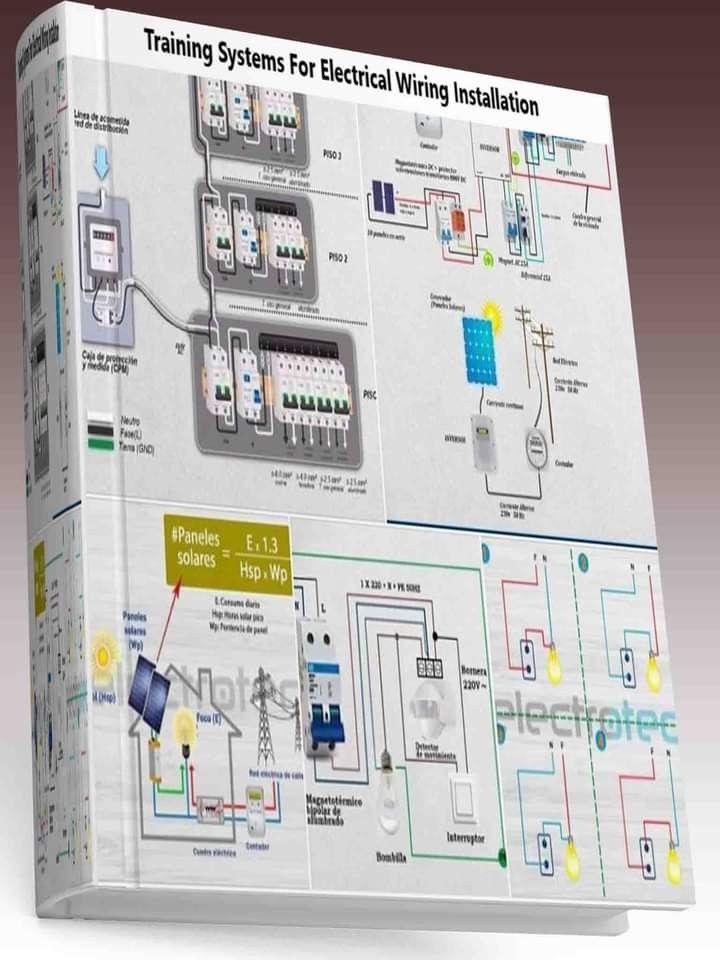The Science and Significance of Vacuum Interrupter Technology in Modern Circuit Breakers

Vacuum interrupter technology stands as a cornerstone in the design and functionality of modern circuit breakers, particularly in medium- and high-voltage applications. Its ability to rapidly and reliably interrupt electrical currents has revolutionized power distribution and protection systems. Understanding the underlying science and appreciating the significance of vacuum interrupter technology is crucial for engineers, technicians, and anyone involved in the operation and maintenance of electrical grids. This article delves into the principles behind vacuum interrupter technology, exploring its construction, operation, advantages, and its critical role in ensuring the safety and efficiency of electrical power systems.
Understanding the Principles of Vacuum Interruption
The core principle behind vacuum interrupter technology lies in the exceptional insulating properties of a vacuum. A vacuum is essentially a space devoid of matter, meaning there are virtually no gas molecules present. This near-absence of particles makes it extremely difficult for an electrical arc to form and sustain itself.
When a circuit breaker opens, it creates a gap between two contacts. In a traditional air-break circuit breaker, the electrical current continues to flow across this gap, ionizing the air molecules and forming a conductive plasma channel – an electric arc. This arc is hot, noisy, and erodes the contacts of the breaker.
In contrast, a vacuum interrupter houses these contacts within a sealed vacuum chamber. As the contacts separate, any stray electrons that might initiate an arc quickly dissipate into the vacuum. The absence of gas molecules prevents the sustained ionization necessary for a continuous arc. The arc is rapidly extinguished, typically within a few milliseconds.
Construction and Components of a Vacuum Interrupter
A typical vacuum interrupter consists of the following key components:
- Vacuum Chamber: A hermetically sealed glass or ceramic envelope that maintains a high vacuum (typically 10^-6 to 10^-8 Torr).
- Contacts: Two contacts, one fixed and one moving, made of a special alloy (often copper-chromium) designed to withstand high temperatures and minimize contact erosion.
- Bellows: A flexible metal bellows that allows the moving contact to travel while maintaining the vacuum seal.
- Arc Shield: A metallic shield that surrounds the contacts and helps to control the arc and prevent it from damaging the vacuum chamber.
- External Insulation: An external insulating material that provides electrical insulation between the vacuum chamber and the surrounding environment.
Advantages of Vacuum Interrupter Technology
Vacuum interrupter technology offers numerous advantages over other arc-quenching methods, such as oil, air, and SF6:
- Rapid Arc Interruption: Vacuum interrupters can interrupt fault currents much faster than other types of circuit breakers, minimizing stress on the power system and protecting equipment from damage.
- High Reliability: Vacuum interrupters have a long lifespan and require minimal maintenance, making them a highly reliable choice for critical applications.
- Compact Size: Vacuum interrupters are relatively small and lightweight, allowing for more compact switchgear designs.
- Environmental Friendliness: Vacuum interrupters do not use any harmful gases, making them an environmentally responsible choice.
- Quiet Operation: Vacuum interrupters operate silently, unlike air-break circuit breakers that can be quite noisy.
Applications of Vacuum Interrupter Technology
Vacuum interrupter technology is widely used in a variety of applications, including:
- Medium-Voltage Circuit Breakers: VCBs are the most common application of vacuum interrupter technology, used in distribution substations, industrial facilities, and commercial buildings.
- High-Voltage Circuit Breakers: Vacuum interrupters are increasingly being used in high-voltage circuit breakers for transmission systems.
- Reclosers: Vacuum reclosers are used to automatically restore power to distribution lines after temporary faults.
- Contactors: Vacuum contactors are used for switching motors and other electrical loads.
Conclusion
Vacuum interrupter technology has revolutionized the design and performance of modern circuit breakers. Its ability to rapidly and reliably interrupt electrical currents, combined with its high reliability, compact size, and environmental friendliness, has made it the technology of choice for a wide range of applications in power distribution and protection systems. As power systems continue to evolve, vacuum interrupter technology will undoubtedly play an increasingly important role in ensuring their safety and efficiency.
Pesquisar
Categorias
- Art
- Causes
- Crafts
- Dance
- Drinks
- Film
- Fitness
- Food
- Jogos
- Gardening
- Health
- Início
- Literature
- Music
- Networking
- Outro
- Party
- Religion
- Shopping
- Sports
- Theater
- Wellness
Leia mais
Feng Shui Jewelry for Travel: Protect Your Energy Anywhere
Feng Shui Jewelry for Travel: Protect Your Energy Anywhere
Travel disrupts your energy...
Solar Inverter Market Size: Revenue Forecast, Industry Trends, Technological Advancements, Growth Opportunities, Regional Insights Opportunities
The Solar Inverter Market Size has been witnessing remarkable growth in recent years, driven by...
Extending the Life of Linear Guides: Yinhe Transmission’s Breakthrough in Durability
In today’s fast-paced industries, the demand for reliable and long-lasting linear motion...
Przyszłość społeczności graczy w kasynach online: Jak rosnąca interakcja i współpraca w grach online kształtują nowe doświadczenia hazardowe w 2025 roku
Przyszłość społeczności graczy w kasynach online: Jak rosnąca interakcja i współpraca w...
【家中常備藥推薦】溫柔守護全家人的腸胃健康!
現代人生活忙碌,腸胃問題總是反覆出現?一款功效全面、溫和可靠的腸胃藥,絕對是每個家庭藥箱的必備品。今天為大家介紹這款來自日本的好評產品——Wakamoto若元錠顆粒,它以...



